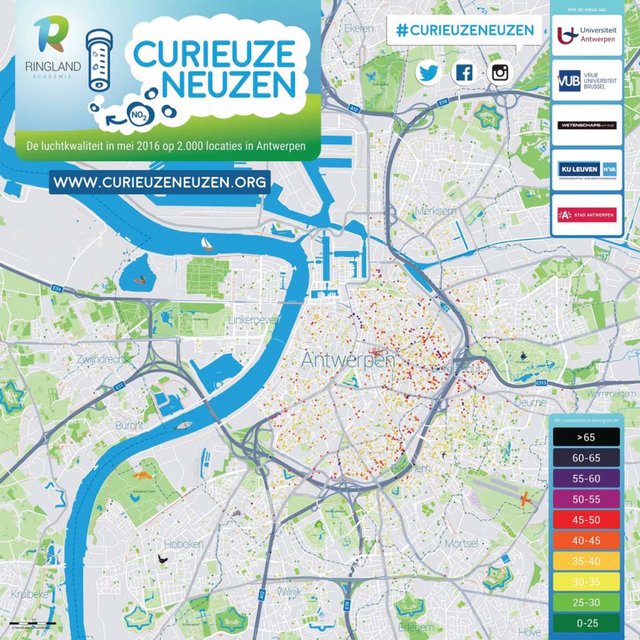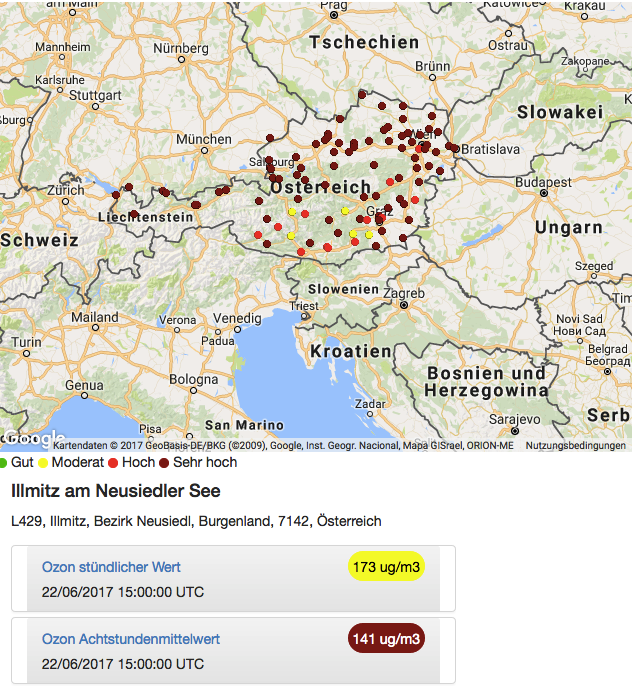How can we investigate the outcomes of Citizen Science projects for specific stakeholders or communities?
As there is a broad range of possible instruments and approaches, we would like to present some practical examples in the following pages.
While the two projects, CurieuzeNeuzen Vlaanderen and CAPTOR, are both dealing with air quality, their approaches to evaluation & impact assessment is quite different.
 * |
 ** |
|
|---|---|---|
CurieuzeNeuzen Vlaanderen engaged a large number of citizens in one city and conducted an extensive evaluation, mostly focusing on quantitative aspects. | CAPTOR involved a limited amount of citizens in 3 regions in Europe and did mostly qualitative evaluation. |
See for yourself ....
* Figure for CurieuzeNeuzen taken from: Van Brussel, Suzanne & Huyse, Huib. (2018). Citizen science on speed? Realising the triple objective of scientific rigour, policy influence and deep citizen engagement in a large-scale citizen science project on ambient air quality in Antwerp. Journal of Environmental Planning and Management. 62. 10.1080/09640568.2018.1428183.
** Figure for CAPTOR created and shared by the MOOC authors.